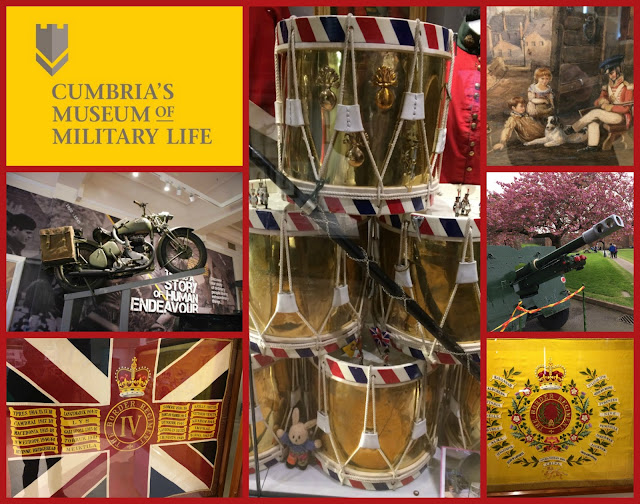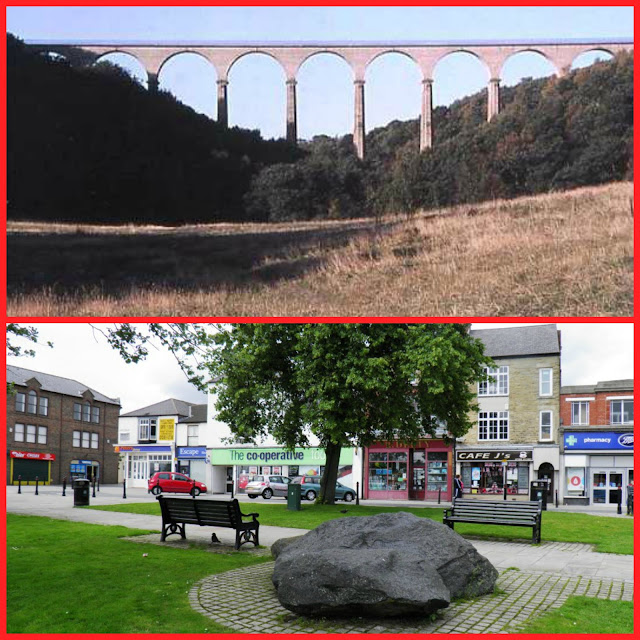Inner geeksIn honour of Emily’s birthday, here’s what we did last Easter. Sally and Harriet went off on a walking tour round the Yorkshire dales (Settle, Malham, Grassington) and Emily and I summoned our inner geeks to explore the western end of Hadrian’s Wall and other historical sites in the Border country.
Brougham CastleAfter a toilet break and cheese market purchase in Kirby Lonsdale we first stopped at
Brougham Castle, the seat of the formidable Lady Ann Clifford. The view from the top of the intact keep presented an uplifting view over the whole site. References to the castle’s role in the Border Wars and the Wars of the Roses gave plenty of ammunition to kick-start our imaginations.
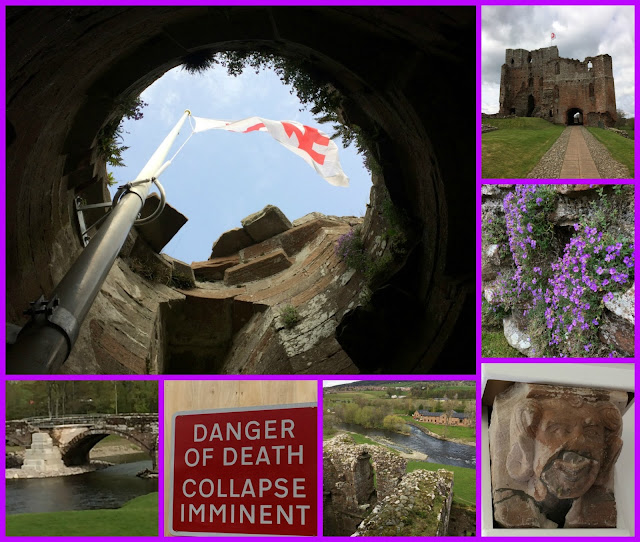 |
| Brougham Castle |
Carlisle CastleCarlisle Castle was a remarkable surprise, partly because of the mighty building itself, well-preserved with several floors to explore. Its reputation as the most besieged castle in England is well explained with details of its Roman origins, connections to the Wars of the Roses, Mary Queen of Scots and the Jacobite Rebellion; as well as its time as a military prison. On the day we were there wild violets grew in clumps so it looked especially beautiful.
 |
| Carlisle Castle |
Museum of Military LifeMy biggest surprise there was how much I enjoyed the
Museum of Military Life housed inside the castle. It was unexpectedly fascinating and poignant. It showed soldiering through the centuries and was packed with human-interest stories of sacrifice, ambition, courage and complexity. Military facts, figures and jargon were all there, but in every section there were personal stories, not only of the soldiers’ lives but also of the reputations of the military and how it changed in different circumstances in different periods.
Heads Nook HallOur home for the four nights was
Heads Nook Hall, a hefty pile, beautifully-appointed with plenty of space in the rooms and bathrooms. A great armchair to sit in in my bedroom overlooking sunrises and sheep fields through to the horizon. Malcolm Murray, our informative host, welcomed us with home-made scones and tea and supplied perfect
breakfasts every morning in front of an open fire.
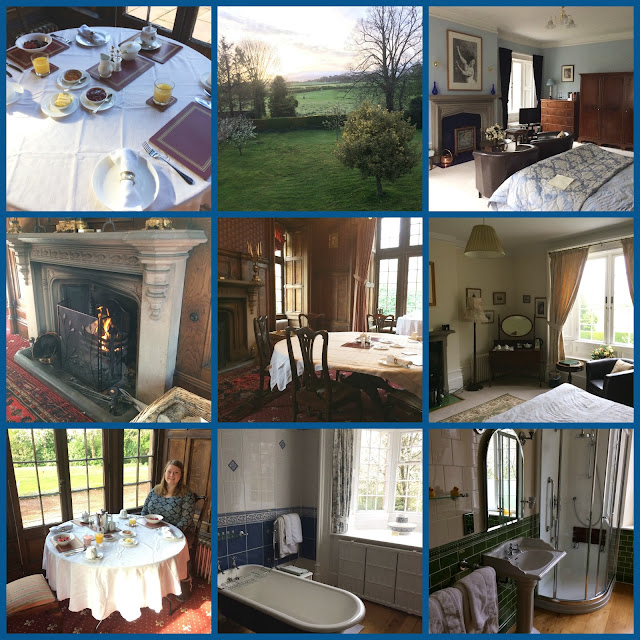 |
| Heads Nook Hall. Emily was in the Blue Room with a bath. I was in the Yellow Room with a view. |
Birdoswald Roman FortBirdoswald was our first Hadrian’s Wall stop. It boasts interesting panels and museum artefacts but the site atop a pretty valley was upstaged by an eccentric kite-flying festival with audacious designs (like a weird deep sea diver) and stroppy tantrums by stunt-kite fliers. A whirlwind of enthusiastic amateurism, extraordinary skill and eye-catching design. Only in England….?
 |
| Birdoswald Roman Fort |
Corbridge Roman TownCorbridge Roman Town was another surprise, sited just south of the Wall and clearly servicing the settlements in all the ways you might imagine a military outpost would. An excellent audio-guide brought the streets and buildings to life. I hadn’t imagined the walls would be so intact. You get a strong sense of the different bits of the town community almost 2000 years after it thrived.
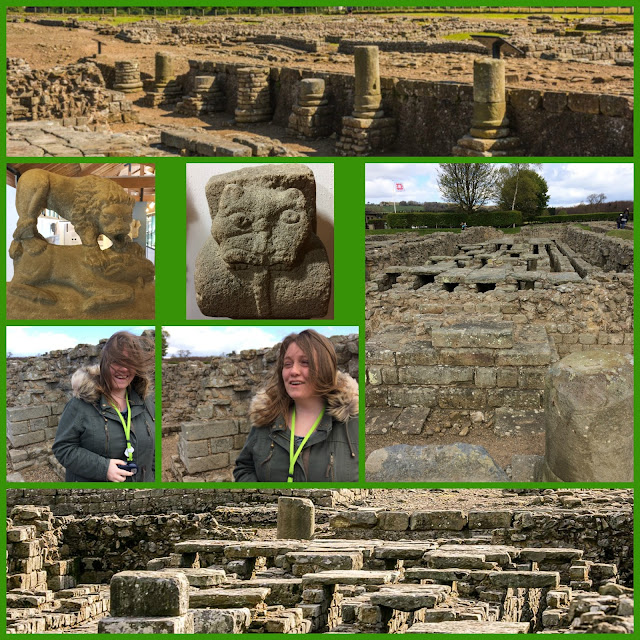 |
| Corbridge Roman Town |
Aydon CastleEn route to our next Wall stop we spontaneously called at
Aydon Castle. A super-enthusiastic young man at the entrance tantalized us with what was available: a higgledy-piggledy totally eccentric pile of a house occupied (spartanly) as late as the 1960s when the owners were still using outside toilets. Stairs cropped up in strange places; rooms led off rooms that made little sense. It felt like being in an Escher building where you never know what room will come next – all the result of different occupiers bashing it about, including, at one time, a group of bandits. A real gem of a house with a short but pretty outside walk – through an orchard – above a gorge dropping down to a gurgling river.
 |
| Aydon Castle |
Housesteads Roman FortI’ve wanted to visit
Housesteads Roman Fort for ages – it didn’t disappoint. It was a bitingly windy day which made the thought of the Roman/Syrian occupiers even more atmospheric. Housesteads clings to a ridge across a wide area and it’s easy to imagine how isolated the auxiliaries must have felt being stationed there. The museum was freshly informative and the randomly-placed panels around the site meant your view and perspective kept changing if you made an effort to read all the panels. A panoramic, cobweb-blowing visit.
 |
| Housesteads Roman Fort |
Roman Army MuseumOur B&B host recommended we include the
Roman Army Museum, a commercial set-up which wasn’t planned but it proved well worth it. Targeted at and suitable for all ages, the multi-AV museum is essential if you want to sort out your
legionary from your
auxiliary and delve deeper into an understanding of Roman Army life. The different set-ups are all imaginative and a 3D film includes aerial shots of The Wall as well as recreations of the life of a bored auxiliary stationed in Roman Britain. A cheesy semi-soap about a group of auxiliary friends also highlights different aspects of the whys and wherefores of being a soldier at that time. The Roman emperor timeline was enlightening, as was the section on
Hadrian himself in all his complexity, including his unsuccessful marriage to
Vibia Sabina and his love for
Antinous.
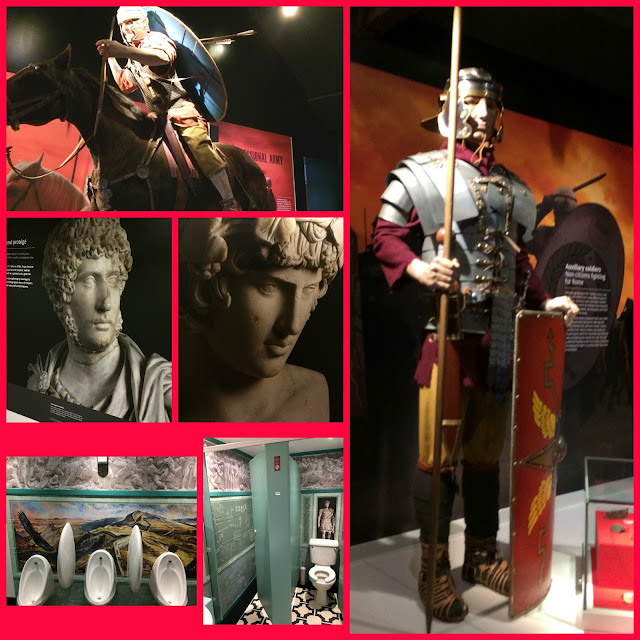 |
| Roman Army Museum with "Roman" loos....! |
VindolandaI had imagined
Vindolanda quite differently. I knew Vindolanda had ongoing excavations every summer (and will do for the next 200 years if all goes according to plan) but what I didn’t expect was such a massive site with such a clear visual presentation of the dynamic between the
fort itself and the
vicus that grew up outside the fort. It was a rainy and cold day when we visited but that played into the narrative of Pat, our excellent tour guide, who brought various parts of the site to life with a mix of funny anecdotes, dry references to quirky facts and a genuine love for the place itself. She knew her stuff! The reconstruction project of a section of stone Wall and a section of wood/turf Wall was fascinating as was the museum at the bottom of the site. The highlight for me of the museum was the remarkable discovery and presentation of writing tablets discovered quite by accident and revealing personal details of the lives of people at the time.
 |
| Vindolanda |
Lanercost PrioryThe austerity of the functional church at
Lanercost Priory is a stark contrast with what your imagination can do with the remains of the medieval Augustinian Priory, a solid and impressive edifice. It was fun (and sad?) to find bits of Hadrian’s Wall purloined to build the Priory. It’s hard though not to obsess (in a disturbing way) about the terracotta effigy of four month old Elizabeth Howard, a Victorian tomb by Sir Edgar Boehm. Felt very conflicted about its value but it certainly made an impact.
 |
| Lanercost Priory |
Richmond CastleRichmond Castle is another substantial building with an intact keep and fantastic view over the town and into the far distance. Scolland’s Hall is a highlight inside, as is the extensive curtain wall. The cockpit garden contains some dramatic topiary and there is an informative display about the
Richmond Sixteen, the conscientious objectors from the First World War.
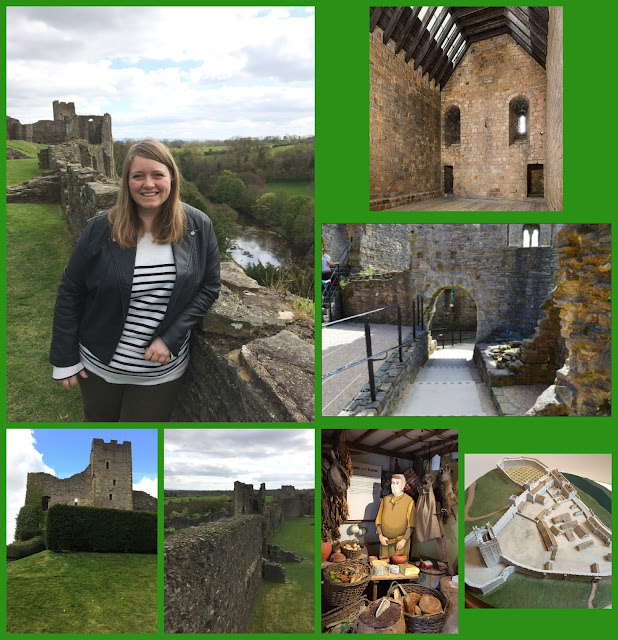 |
| Richmond Castle |
Easby AbbeyOur final stop on the way back home was
Easby Abbey. The stunning refectory with its great window and the atmospheric cloister were easy to imagine with the help of the information panels. You can just see some original faint traces of red paint on the outer archway of the gatehouse. An impressive ruin though the highlight is probably the peaceful setting.
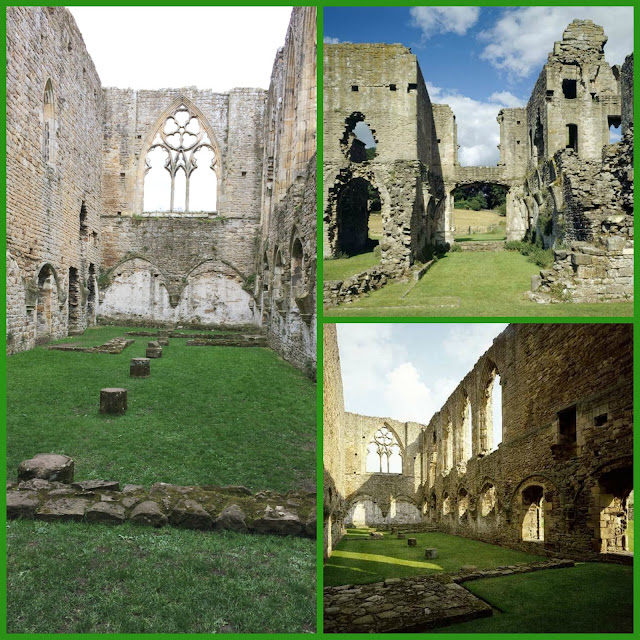 |
| Easby Abbey |
So what now? You decide.Dad-daughter geek fests – highly recommended! First we did
Arthurian sites, then this Hadrian’s Wall trip. Where next? We got along enough to think it may well happen again – yes, there is much talk of history and what we’ve seen, but there is also talk of politics and the state of the nation and reactions to and comments about
James O’Brien LBC podcasts (The best of…. and Mystery hour) and we watched the films of
Avatar and
The Eagle to wind down in the evenings. And, well, we could spend as long as we liked reading the information panels. And we did.
(final lines from The Eagle)
Esca: So what now?
Marcus Aquila: You decide.











